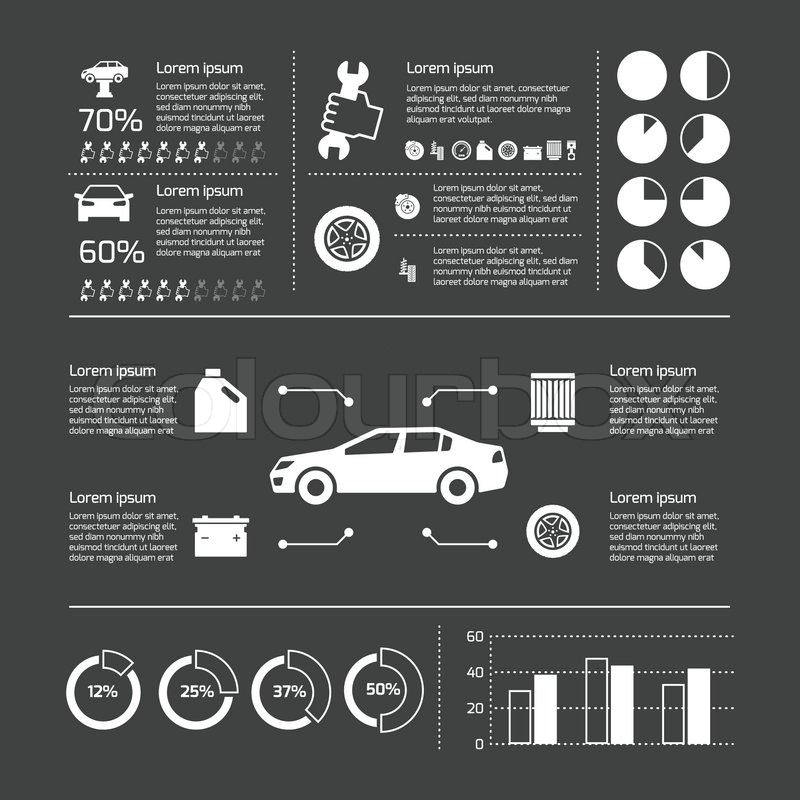Grasping The Value Of Your Vehicle'S Warning Signals: What They Actually Stand For
Grasping The Value Of Your Vehicle'S Warning Signals: What They Actually Stand For
Blog Article
Uploaded By-Hartley Winters
When you're behind the wheel, those radiant warning lights on your dashboard can be a little bit bewildering. Do you know what they're trying to inform you about your car's health? Recognizing the value of these lights is vital for your safety and the long life of your car. So, the next time among those lights pops up, would not you wish to analyze its message precisely and take the required actions to address it?
Common Warning Lighting and Interpretations
Recognize usual caution lights in your car and understand their definitions to make certain secure driving.
One of the most common caution lights include the check engine light, which signifies concerns with the engine or discharges system. If this light comes on, it's critical to have your automobile checked quickly.
The oil stress alerting light indicates low oil stress, needing instant interest to prevent engine damage.
A flashing battery light could recommend a damaged billing system, potentially leaving you stranded otherwise addressed.
The tire stress tracking system (TPMS) light signals you to reduced tire stress, affecting lorry stability and fuel performance. Ignoring this could cause hazardous driving conditions.
The abdominal muscle light suggests a trouble with the anti-lock stopping system, jeopardizing your ability to stop promptly in emergencies.
Lastly, the coolant temperature level alerting light warns of engine overheating, which can cause severe damage if not solved promptly.
Comprehending these common caution lights will certainly help you attend to issues without delay and preserve safe driving conditions.
Significance of Prompt Focus
Understanding the usual caution lights in your automobile is only the primary step; the importance of promptly addressing these warnings can't be stressed enough to ensure your safety when traveling.
When a warning light brightens on your dashboard, it's your vehicle's way of interacting a possible concern that requires interest. Neglecting these cautions can result in much more serious issues in the future, compromising your safety and potentially costing you much more in repairs.
Motivate focus to warning lights can stop breakdowns and accidents. As an example, a blinking check engine light might indicate a misfire that, if left unattended, might trigger damages to the catalytic converter. Resolving this quickly can save you from a costly repair service.
In a similar way, a brake system cautioning light might signify low brake liquid or worn brake pads, critical elements for your safety when driving.
Do It Yourself Troubleshooting Tips
If you see a caution light on your control panel, there are a few do it yourself fixing tips you can try before seeking specialist help.
The initial step is to consult your car's manual to understand what the details caution light suggests. Occasionally the issue can be as easy as a loosened gas cap triggering the check engine light. Tightening the gas cap might fix the issue.
One more usual problem is a low battery, which can activate different advising lights. Checking the battery connections for rust and guaranteeing they're secure may repair the issue.
If a caution light continues, you can try resetting it by disconnecting the auto's battery for a couple of minutes and then reconnecting it. Additionally, checking car steaming , such as oil, coolant, and brake fluid, can aid fix warning lights associated with these systems.
Final thought
In conclusion, comprehending your auto's caution lights is crucial for maintaining your car running efficiently and safely. By quickly dealing with full car detail and understanding what they mean, you can stay clear of costly fixings and prospective breakdowns.
Remember to consult your auto's handbook for specific details on each advising light and act as necessary to make sure a trouble-free driving experience.
Keep informed, remain secure when driving!
